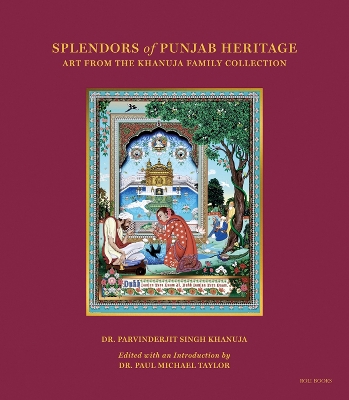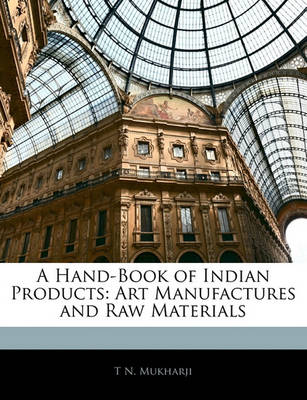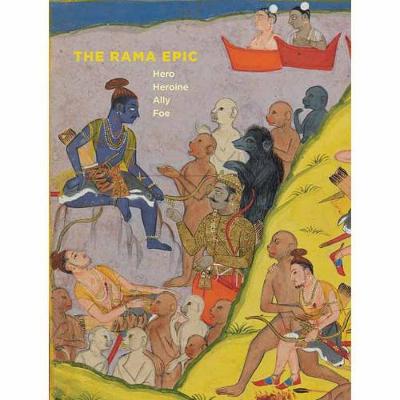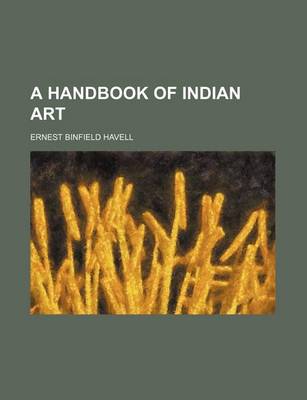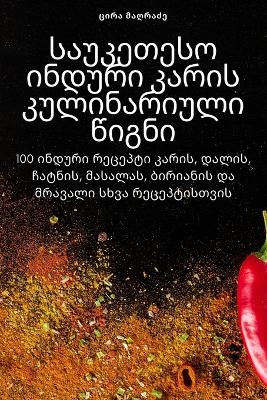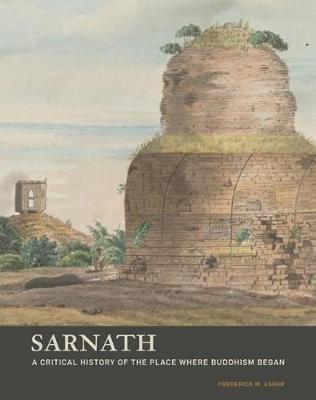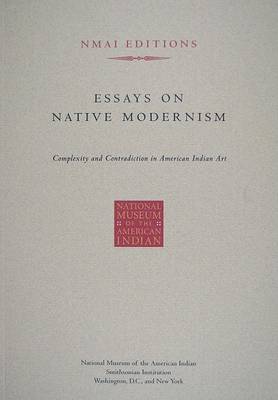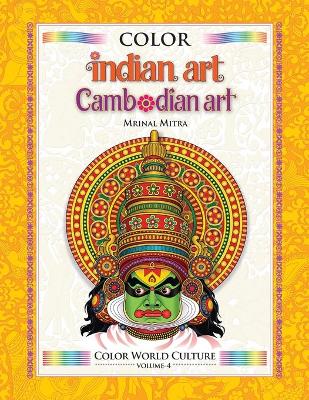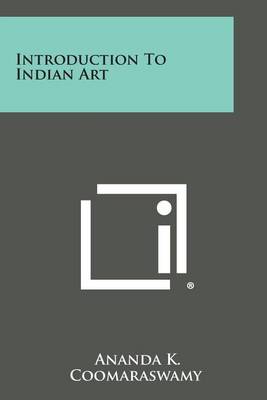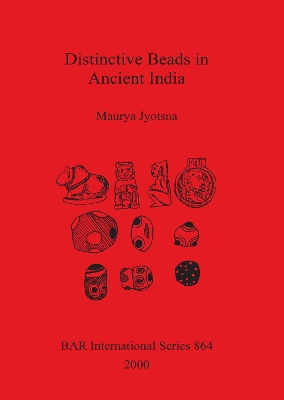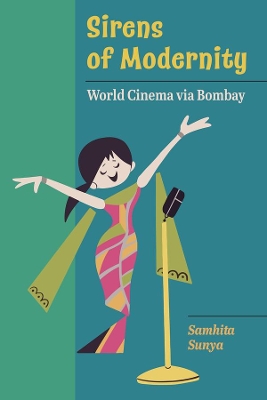This collection by the Asian Art Museum is a selection of works depicting the ancient Rama Epic. The Rama Epic-recounting the struggle of Prince Rama to defeat a demonic king, rescue his abducted wife, and reestablish order in the world-has been a subject for visual and performing arts, literature, and religious thought in the Indian subcontinent and Southeast Asia for many centuries. A huge number of artworks relating to the Rama legends have been made over the course of 1500 years in a doze...
Objects of Myth and Memory
by Diana Fane, Research Anthropologist Ira Jacknis, and Lise M Breen
The Brooklyn Museum has played a major role in presenting andinterpreting North American Native art. Its commitment to this fieldbegan in 1903, when R. Stewart Culin was appointed to head its newDepartment of Ethnology. During three trips to the Northwest in 1905,1908, and 1911, Culin collaborated with Dr. Charles F. Newcombe andbought several pieces from Newcombe's own collection, includingobjects from the Haida, Kwakiutl, Nootka, and Salish as well as someTlingit, Tsimshian, and Athapaskan pie...
Sarnath - A Critical History of the Place Where Buddhism Began
by Frederick M. Asher
Sarnath has long been regarded as the place where the Buddha preached his first sermon and established the Buddhist monastic order. Excavations at Sarnath have yielded the foundations of temples and monastic dwellings, two Buddhist reliquary mounds (stupas), and some of the most important sculptures in the history of Indian art. This volume offers the first critical examination of the historic site. Frederick M. Asher provides a longue duree (long-term) analysis of Sarnath-including the plunder...
Arts of South Asia (David A. Cofrin Asian Art Manuscript)
This beautifully illustrated volume details how South Asian art has been acquired by public and private collectors in Europe and North America from the mid-nineteenth century onward. It highlights the various journeys and colonial legacies of artwork from Bangladesh, Bhutan, India, Nepal, Pakistan, and Sri Lanka. Contributors explore British collecting practices during colonial rule in South Asia, when military officials and individuals associated with the East India Company transported various...
Ancient petroglyphs and paintings on rocky cliffs and cave walls preserve the symbols and ideas of American Indian cultures. From scenes of human-to-animal transformations found in petroglyphs dating back thousands of years to contact-era depictions of eagle trapping, rock art provides a look at the history of the Black Hills country over the last ten thousand years. Storied Stone links rock art of the Black Hills and Cave Hills of South Dakota and Wyoming to the rich oral traditions, religious...
Distinctive Beads in Ancient India (British Archaeological Reports International)
by Maurya Jyotsna
The art of Malay woodcarving is featured in museums and galleries around the world. In Malaysia, woodcarvers are venerated as artists who have a mystical affinity with wood. Spirit of Wood is a collection of over 250 photographs and line drawings that explore the mystical connection between Malaysian woodcarvers and their craft.
Buying an Oriental rug need not be confusing. This book answers the most frequent questions and offers a great introduction to this ancient and continuing weaving tradition. Nearly 900 contemporary rugs are shown and discussed from Tibet, India, China, Turkey, Afghanistan, Pakistan, and Iran. Learn their history, production methods, selection guidlines, and tips on care and cleaning. Each rug is described by its origin, size, materials, knot count, dyes, regional makers, and unique characteristi...
Part of everyday life, yet rich in symbolic meaning, renderings of the sun and the moon are present in all folk and tribal art traditions of India. They are always in relationship with each other. Agrarian societies keep track of time by referring to markers in the seasonal variations of the sun, moon, and the planets. Over the course of time, they have also woven wonderful stories and myths around them. Here, for the first time, is a collection of unusual stories and exquisite art from some of...
A free open access ebook is available upon publication. Learn more at www.luminosoa.org. By the 1960s, Hindi-language films from Bombay were in high demand not only for domestic and diasporic audiences but also for sizable non-diasporic audiences across Eastern Europe, Central Asia, the Middle East, and the Indian Ocean world. Often confounding critics who painted the song-dance films as noisy and nonsensical. if not dangerously seductive and utterly vulgar, Bombay films attracted fervent worl...
